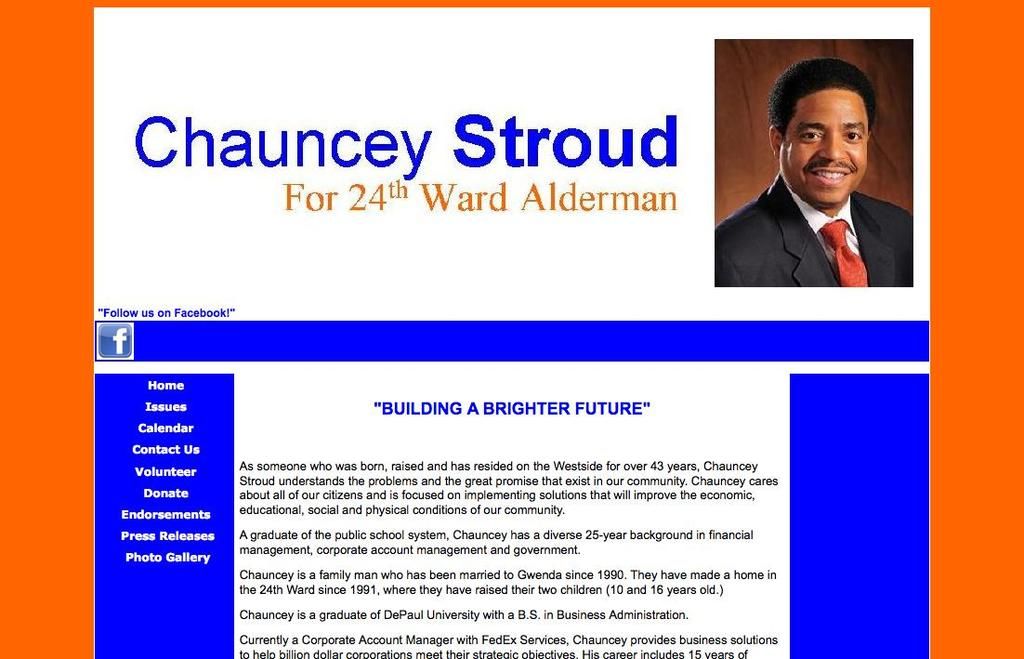Revised Market and Macroeconomics Perspective: Challenging Traditional Economic Concepts
"Alright, mate, let's dive into New Classical Economics – a fancy name for a modern spin on the classic school of economic thought. It's all about explaining big-picture economic happenings using microeconomic methods. You know, the stuff about value maximization and rational expectations from economic agents. This version of economic theory is also known as the 'New Classical Macroeconomics'.
Meet the 'free market fanatics', the new classical economists. These folks are a lot like their classical predecessors but with a twist. For instance, they reckon a product's price depends on how valuable consumers perceive it to be, not just labor and materials costs. If a product offers them satisfaction, they're willing to shell out the big bucks for it!
New classical economics first popped up in the 70s through the work of Robert Lucas. It gained popularity at the Universities of Chicago and Minnesota. Key figures of this school include Thomas Sargent, Neil Wallace, Edward Prescott, and Finn E. Kydland. The latter two even developed the Real Business Cycle (RBC) theory. This theory proposes that the business cycle comes from fundamental supply-side issues, like random shifts in productivity due to external shocks such as technological innovations.
The Rivalry with Keynesianism
New classical economists are big fans of the free market. They think the government should keep its nose out of economic matters. They believe the economy can naturally find balance and should survive in the long run. Internal mechanisms will kick in to get the economy back on track, through wage and price adjustments.
Keynesians, on the other hand, believe the government needs to step in. They argue that during economic slumps, the economy won't naturally recover, and neither households nor businesses have the power to drive growth.
New Keynesians also criticized the new classical school for its assumptions. For instance, they pointed out that prices and wages are often 'sticky', making them tough to lower even when necessary. Markets also tend to operate under imperfect competition rather than perfect competition as new classical economists claim.
Core Assumptions of New Classical Economics
New classical economics revolves around two main assumptions about how economic agents and markets behave:
Rational Expectations and Utility Maximization
New classical economists believe that consumers, businesses, and workers make rational decisions aimed at maximizing their well-being – think utility for consumers or profits for businesses. These actors are also assumed to have access to all relevant information to make accurate predictions about the future.
This perfect foresight makes it challenging for government interventions to make a significant impact, as people have already factored these interventions into their decision-making process. However, unexpected policy changes could still have an effect.
Perfect Competition and Flexible Prices
New classical economics assumes that all markets, for both goods and labor, work under perfect competition. Prices and wages are highly adaptable and can adjust instantaneously to reach equilibrium. In the labor market, this would lead to an automatic equilibrium at the natural rate of unemployment.
This approach contrasts with Keynesian economics, which believes involuntary unemployment can occur due to a lack of aggregate demand. Due to their assumptions about perfect competition and flexible prices, new classical economists believe that Say's Law (supply creates its own demand) and the neutrality of money (money growth only affects prices, not real variables) hold true immediately. This differs from monetarism, which sees these effects playing out only in the long run.
New Classical Economics: A Market-Centric Perspective
New classical economics emerged in response to the limitations of Keynesian economics. The Keynesian approach focused on government intervention, but new classical economists advocate for a market-centric approach, believing the economy is self-regulating and reaches equilibrium through price and wage adjustments.
The Free Market
New classical economics is a big fan of a free market system. They promote minimal government intervention, restricting its role to maintaining a legal framework that upholds property rights and encourages fair competition. They see prices and wages as crucial signals that constantly change to reflect supply and demand. So, if there's a labor surplus, wages will naturally fall to encourage more employment, and vice versa.
New classical economists view government intervention, such as price controls or artificial wage hikes, as potentially disruptive to these natural adjustments, potentially leading to inefficiencies.
The Business Cycle
New classical economists see the business cycle as caused by supply-side issues. Shocks from external factors cause long-term shifts in productivity and changes in economic productivity. The business cycle is a long-term phenomenon according to new classical economists. They believe the economy is near its potential output and that the ups and downs of the economy come from long-term supply-side shocks, not a lack of demand.
For this reason, fiscal and monetary policies are ineffective, as they address demand rather than supply. New classical economists think that the economy will go to full employment and its new equilibrium through price and wage adjustments. "
Enrichment data:- New Classical economics and Keynesian economics are two opposing macroeconomic theories with distinct views on government intervention, market efficiency, policy implications, role of aggregate demand vs. supply, and expectations and market behavior.- Key differences include government intervention, market efficiency, role of aggregate demand vs. supply, expectations and market behavior, and policy implications.- Keynesians advocate for government intervention to stabilize the economy, focusing on aggregate demand, and assuming market inefficiencies, while New Classical economists support minimal government intervention, emphasizing market efficiency, and focusing on supply-side factors.
In the realm of finance and business, proponents of New Classical Economics champion the free market and minimal government intervention, advocating for a self-regulating economy that finds balance through internal mechanisms such as wage and price adjustments. Additionally, investors ought to consider the New Classical Macroeconomics theory when making investing decisions as it posits that the business cycle is primarily caused by supply-side issues like random shifts in overall productivity due to external shocks, such as technological innovations.






